A second monitor can be great in terms of general computing productivity. The expanded screen real estate is great for work activities like general multi-tasking, writing emails, research, and comparing documents.
Sometimes your second monitor is not detected by Windows 10 even though the monitor and the video adapter are working fine. If you are facing a similar problem, don’t lose hope as the problem might not be severe as you think it to be. The reason behind such problem could be wrong settings or drivers.
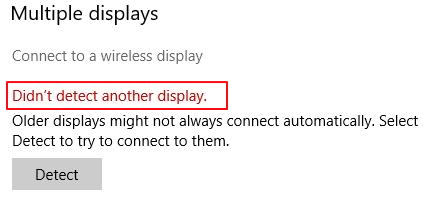
In this post, we have provided four solutions to the “second monitor not detected” problem. You are not required to try all solutions given in this post. Start with the first solution. If the second monitor is not detected after trying Solution One, try the next solution. Keep on trying next solution in the post until the second monitor is detected.
Let’s get started.
Solution One – Roll back to a previously installed video driver
Sometimes latest drivers don’t work properly with Windows 10 for unknown reasons. In such cases, rolling back to previously installed video driver is the easiest solution available. Here are the steps to roll back video drivers.
- Press Windows logo key and R simultaneously on the keyboard to bring up the Run command console
- In the Run command box, type devmgmt.msc and click OK
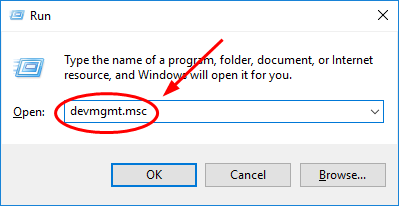
- In the Device Manager window, go to Display adapters category and expand it
- Right-click on your display adapter and click Properties
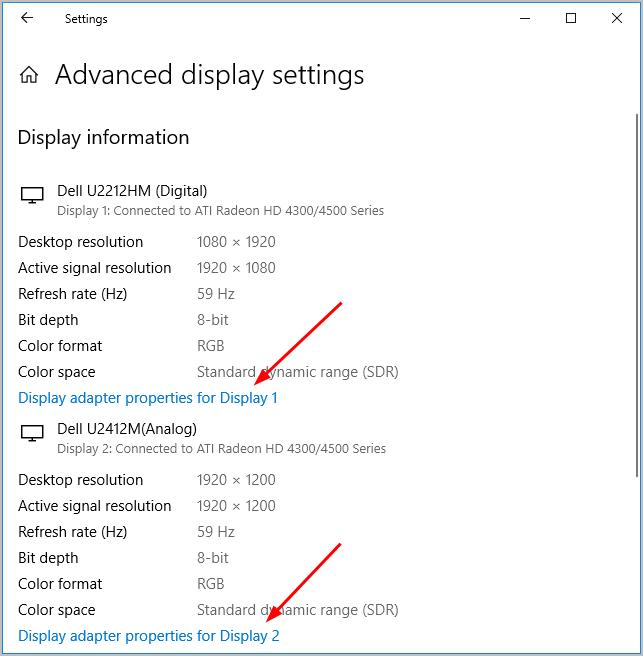
- In the Properties window, go to Driver tab and click Roll back driver
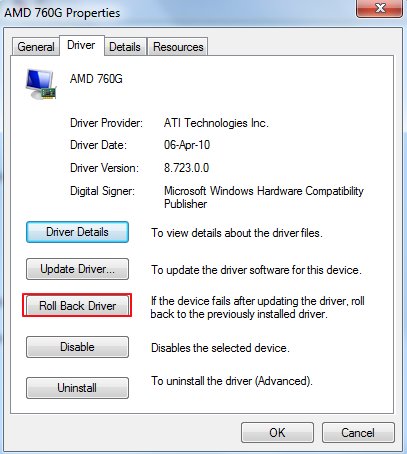
- Follow on-screen instructions to roll back driver
If the Rollback option is grayed out, note down the driver version and follow the steps given below
- Go to the display adapter manufacturer website and look for earlier driver version for your display adapter
- Download and install the older driver and see if the second monitor is detected. If you are still facing problems with the second monitor, try next solution.
Solution Two – Update Drivers
Outdated video driver can cause this issue. The best way to update your outdated drivers is by using a reliable and fast driver update tool.
Automatic driver update tools offer many benefits, the most important ones being:
- You can update device drivers automatically
- The software scans and updates all outdated or missing drivers at one go
- The tool picks the right drivers for your device and operating system, so you won’t have to worry about installing an incorrect driver by mistake
- Automatic driver updates are 100% safe
Driver Updater is one of the best driver update tools out there. Outbyte Driver Updater will give you access to a database of over 1 million drivers. It will regularly scan your PC, suggesting new driver versions to install. Driver Updater contains drivers for a variety of Windows devices. With just one click, you can update drivers in your system.
Step 1
Click here to Install and launch the app
Step 2
Scan all devices
Step 3
Install or update drivers automatically
Solution Three – Ensure the refresh rates for both monitors are set same
The refresh rate is an important setting for a monitor that refers to a number of times per second the images refreshes on the screen. The refresh rate is measured in Hertz (Hz). When you connect two monitors to Windows 10, the refresh rate of the monitors plays an important role.
Some display adapters don’t support different refresh rates for dual monitor setup and this could be the underlying reason for the second monitor not getting detected. To resolve the issue, you need to set the same refresh rates for both monitors and see if it resolves the issue. Here are the steps you need to follow.
- Press Windows logo key and I simultaneously to open the Settings window
- In the Settings window, click System
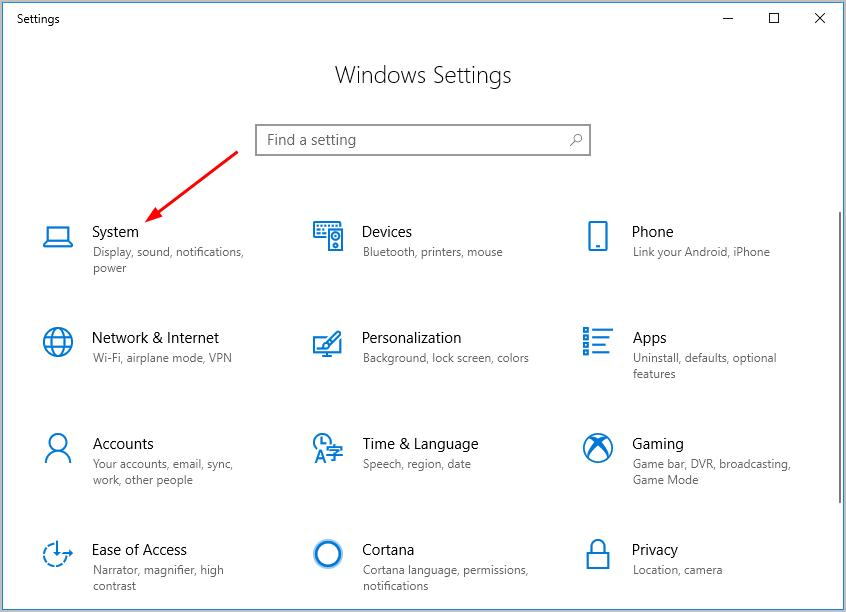
- Click Display in the left pane and then click Advanced display settings
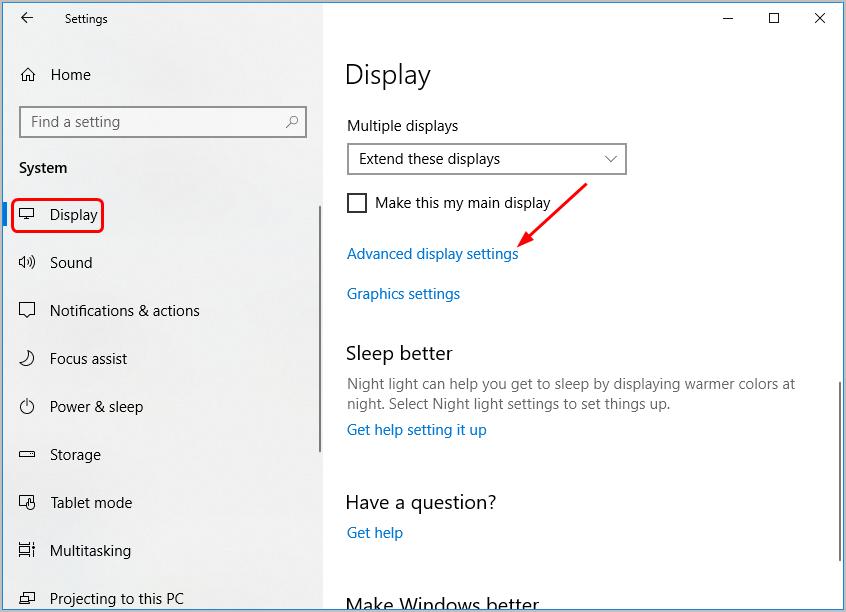
- In the Advanced display settings window, click Display adapter properties for Display 1 and then click Display adapter properties for Display 2
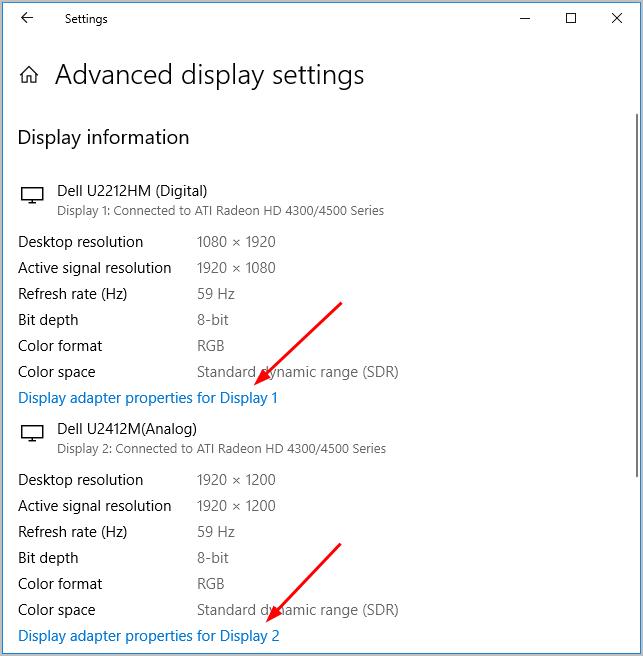
- Now you have Display adapter properties of both displays in front of you. Click Monitor tab in each display property window and look for the screen refresh rate under Monitor settings.
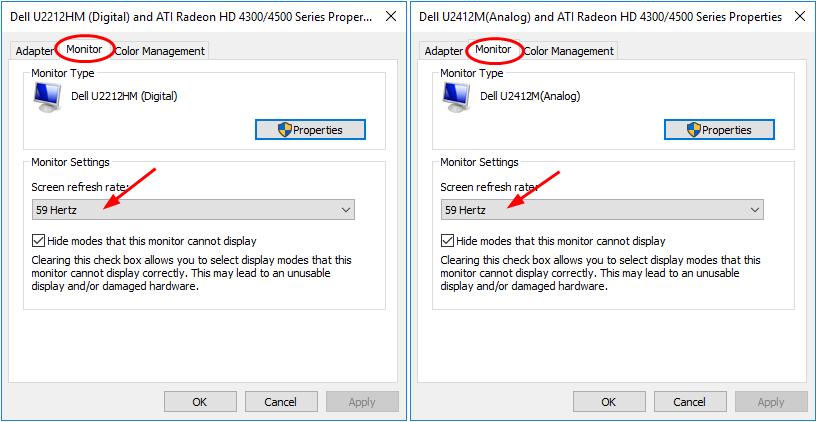
- If the refresh rates are different, change the refresh rate of any one display to make it same as other display. Click Apply followed by OK
- Close all windows and see if the second monitor is detected now. If you are still facing a problem with the second monitor, try next solution.
Solution Four – Change your project mode
Windows 10 offers different presentation modes where you can duplicate your desktop to another screen or extend your desktop area. The project mode selected by default is PC screen only and this could be the reason the second monitor is not detected. The simple solution to this problem is selecting the right project mode by following the steps given below.
- Press Windows logo key and P simultaneously on the keyboard to access Project Mode settings
- In the Project Mode menu, you will find options like Duplicate, Extend, and Second Screen only options
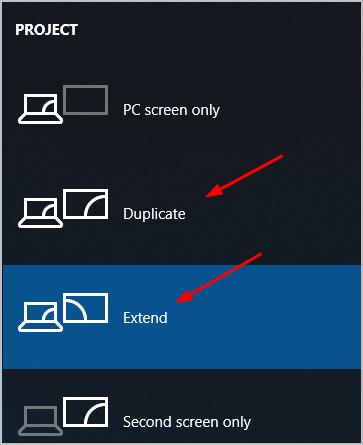
- If you select the Duplicate project mode, the desktop area would be duplicated on the second monitor
- If you select the Extend mode, the desktop area is extended to the second screen and you will have additional screen space
- Click the right project mode as per your requirements
In most cases, the second monitor should get detected which resolves the issue.

Leave a Reply